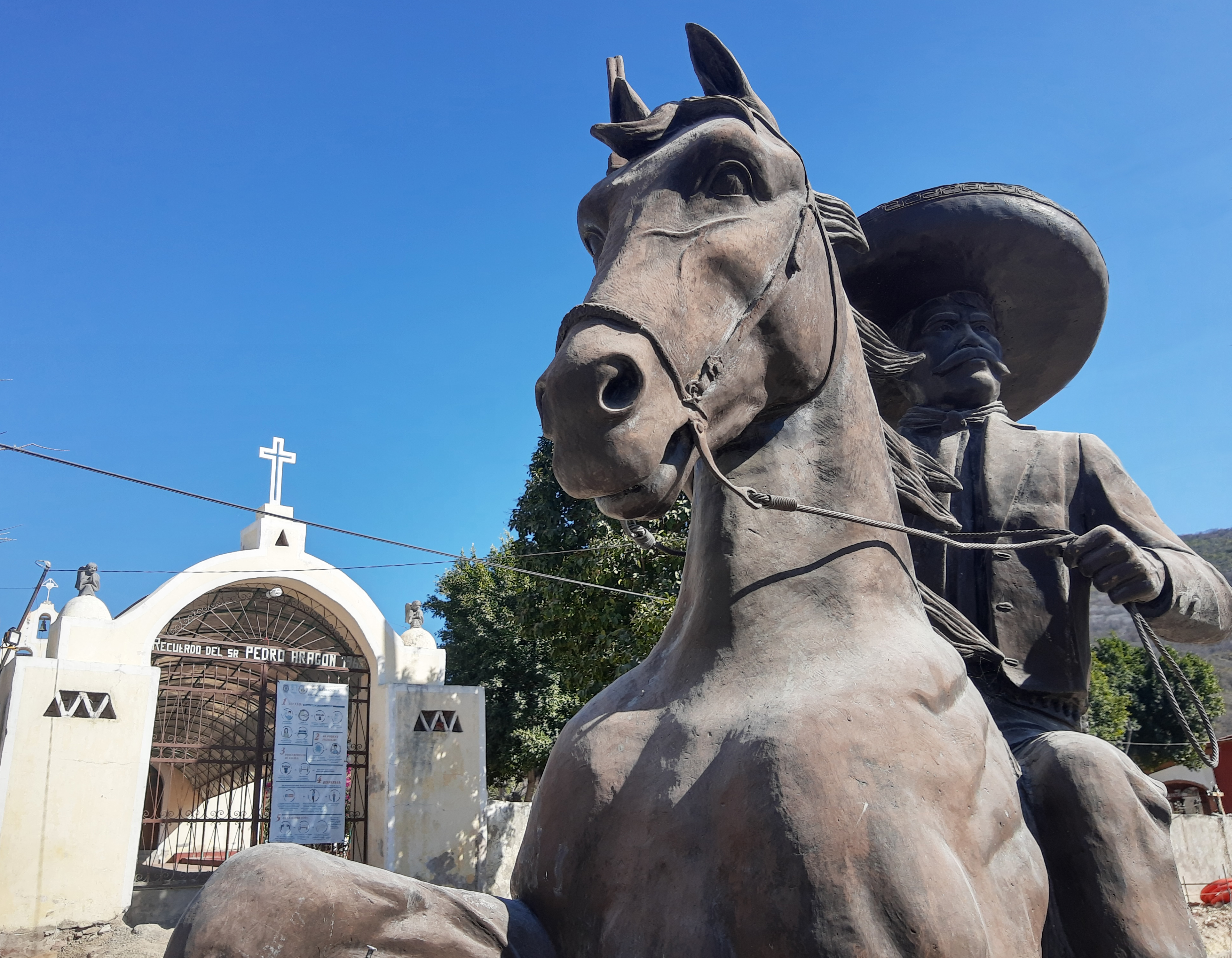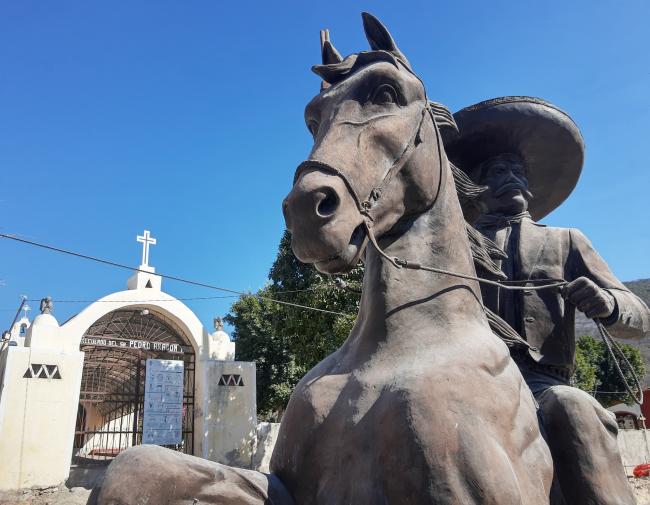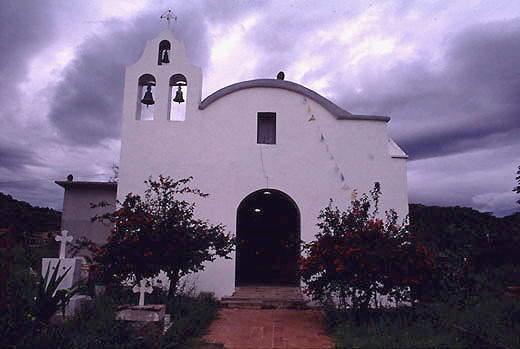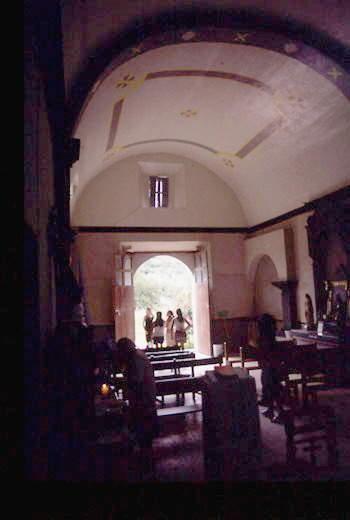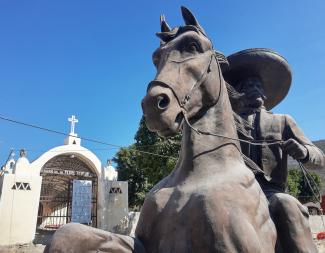Ayoxuxtla de Zapata
Historical Monuments Zone
Abstract
This is the place where Emiliano Zapata, in the company of the members of the Liberation Army of the South, signed the Plan of Ayala, a document in which the ideals of the agrarian struggle of the Mexican Revolution are expressed.
Ayoxuxtla, a Nahuatl word that means “place where the pumpkin flower abounds,” is a town in the municipality of Huehuetlán el Chico, located in the Mixteca region of Puebla.
During pre-Hispanic times the present-day territory of Huehuetlán belonged to the Tlahuicas, before falling into the hands of the Texcocans and becoming a tributary of the Triple Alliance, comprising Tenochtitlan, Texcoco and Tlacopan.
The most significant episode in the history of Ayoxuxtla occurred in the period of the Mexican Revolution, since the final version of the Ayala Plan was drafted there and signed by Emiliano Zapata in 1911. Zapata chose this town for its geographical characteristics, since it is protected by hills and offers few natural routes of access, making it a secure place.
Because it was the seat of one of the most important events of the Mexican Revolution, key to the agrarian reform of the country, the town was given the name Ayoxuxtla “de Zapata” in 1975 by presidential decree.
The Town Museum is one of the most important sites, located as it is in the building where the leader of the South signed this idealistic document. A wooden table and a log are preserved, on which, according to the locals, Emiliano Zapata sat to dictate his words. A number of musical instruments, rifles and photographic reproductions are also on display here. The site suffered considerable damage from the 2017 earthquake.
The Church of San Marcos Evangelista is another significant historical building in the town, and has been repaired by the National Institute of Anthropology and History (INAH) following the damage from the same earthquake.
The area around the town of Ayoxuxtla de Zapata was declared a Zone of Historical and Artistic Monuments on December 4, 1979, the year in which the centenary of the birth of Emiliano Zapata was celebrated.
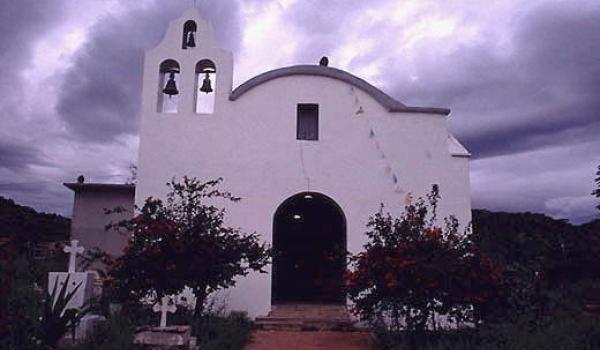
Templo de San Marcos
Religious building, inaugurated on November 28, 1979, as part of the celebration of the 68th anniversary of the signing of the Plan of Ayoxuxtla.
Templo de San Marcos
Religious building, inaugurated on November 28, 1979, as part of the celebration of the 68th anniversary of the signing of the Plan of Ayoxuxtla.
Museo de Zapata
Building where the southern leader signed his manifesto. It preserves a wooden table and a log where, according to locals, Emiliano Zapata would sit to dictate his ideas. Musical instruments, rifles, and photographic reproductions are also preserved.
Museo de Zapata
Building where the southern leader signed his manifesto. It preserves a wooden table and a log where, according to locals, Emiliano Zapata would sit to dictate his ideas. Musical instruments, rifles, and photographic reproductions are also preserved. The site suffered considerable damage due to the 2017 earthquake.

